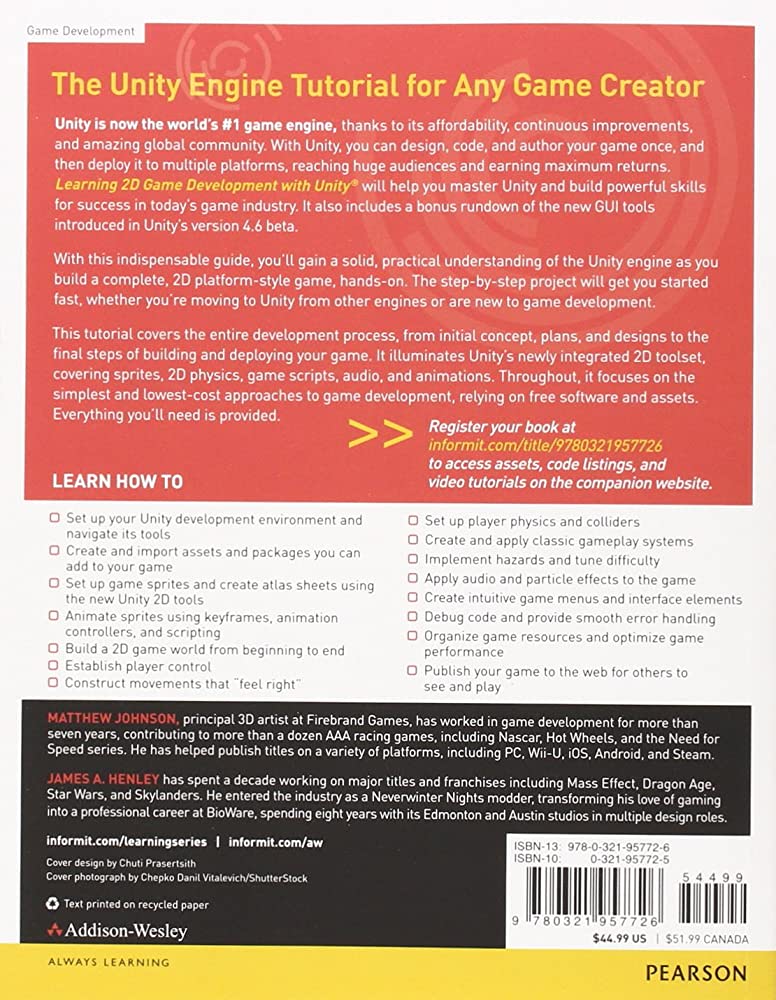This article offers a guide to game development with Unity, covering the different stages involved in the process. The first stage is the concept phase, where the game idea is conceptualized, followed by the design phase, where the game’s blueprint is created. The development phase involves turning the design documents into source code and assets that can be used to build the game. The testing and quality assurance phase is essential to identify any bugs or glitches in the game before the final release or beta launch. Using Unity to develop games is a great way to create fantastic titles.
From Concept to Creation: A Guide to Game Development with Unity
Game development is a complex process that involves multiple stages, from concept creation to final product testing. Unity is one of the most popular game development engines used today due to its powerful tools and ease of use. In this article, we will provide a detailed guide on game development with Unity, covering the different stages involved in creating a game from scratch.
The Concept Phase
The concept phase is the first stage of game development, where the game idea is conceptualized. This involves defining the game theme, mechanics, characters, storyline, and other elements that will form the basis of the game. In essence, the concept phase sets the foundation for the entire game development process, and a solid concept will make for a better final product.
During the concept phase, you want to flesh out your ideas and evaluate the feasibility and marketability of the potential game. Consider researching similar games to gain inspiration, test out prototypes of gameplay, and visualize the game mechanics and design. At the end of the concept phase, you should have a clear idea of what the game will look like, how it will play, who the target audience is, and what platforms it will be released on.
The Design Phase
The design phase follows the concept phase and involves the creation of the game’s blueprint. This stage involves designing the levels, elements, mechanics, and features that will be included in the game. In the design phase, you should create detailed concept art, storyboards, and a rough user interface draft.
The purpose of the design phase is to create a clear visualization of what the game will look like, and how it will play, all on paper before moving to production work. This stage is critical for creating a coherent game that is fun to play.
The Development Phase
After the game concept and design have been finalized, it’s time to develop the game. This phase involves turning the in-depth design documents into source code and assets that can be used to build the game. During this phase, you will start creating the game from scratch, turning game mechanics into a working game via programming and game asset creation. The process requires the use of game engines’ tools, such as Unity or Unreal Engine, to develop a game that will meet your expectations and specifications.
You should start with creating the basic elements of the game, including player controllers, player movements, enemies, and other game assets. Once the core elements are in place, build on top of them and further polish and refine the game experience. This phase is often the most in-depth and time-consuming phase of the entire game development process.
Testing and Quality Assurance (QA)
Game testing and quality assurance (QA) is an essential phase of game development that involves testing the game for bugs, glitches, and other unexpected behaviors. During this phase, the game is played extensively to identify any areas where it may fail or not work as expected.
QA involves testing on multiple platforms and devices to ensure the game is stable and optimized for various operating systems. Also, it includes bug-finding, documenting bugs, and providing feedback for developers to fix issues in the game. The feedback is used to optimize the game and bring it up to the required industry standards.
The Release/Beta Phase
The release or beta phase is the last stage of the game development process, where the game is prepared for release to the public. During this phase, any remaining bugs or gameplay glitches are addressed, and the final version of the game is created. The game can now be deployed to the market or transitioned to beta release (soft launch). Games products typically include ongoing updates and patches to fix any bugs or address player feedback, and to optimize the game experience to suit players.
Conclusion
In conclusion, game development is a complex process that requires a lot of time and effort to create a game from scratch. Ensuring your game undergoes the testing and quality assurance process helps you get a polished and game that works well for the target audience. Using Unity to develop games is an excellent way to create some fantastic titles. This guide will ensure that you are adequately prepared to develop a Unity game, from concept creation to final release or beta launch.
